
Subhead
Learn how to care for kalanchoe plants
I love my kalanchoe, but it rarely blooms, and the leaves are small. It tends to get very leggy. I have it in a sunny south window and fertilize half strength with miracle grow every week or 2. What am I doing wrong? Also seems to be very susceptible to bugs of any kind. We live in the desert southwest, so its a hot, dry climate.
1. No direct sun especially in the southwest. 2. Leggy: trim back when leggy. 3. I love Miracle Grow on many plants in my home and gardens. Not in the heavy dose you are feeding it and this may (probably is) be way too potent. That will promote green growth but not buds and contributing to leggy if over-fed. 4. Plants that are not healthy will somehow attract bugs and other infections and fungi.
I suggest repotting with a mix like the one suggested at this fine website. Get a proper fertilizer for this plant and be aware of seasonal changes in feeding. Get it out of the window and place it next to the window or other point that is sunny and bright without direct sun. I keep succulents in a north window up in Zone 5 Michigan with afternoon sun entering indirectly from a south window. Low in the sky, the direct sun light in the fall and winter months are welcomed in the morning and the blooming Christmas and Easter Cacti love it there too.
These Kalanchoe have the reputation of being 'very hardy'. If you have not killed it yet there is much hope for survival in the desert. When repotting be sure to see if the roots have been leggy too and trim off excess or damaged old root. Great fun and good luck.
Bub
You might be feeding it too much. The soft, leggy growth that overfertilization causes is very attractive to bugs. Try cutting it back to encourage new growth. Only feed it monthly spring to fall. Also, are you giving it a dark rest period in fall? It needs that to set buds. During that time cut back on watering, don't fertilize at all, and make sure the plant gets 14 hours of darkness. Also, in your hot climate it might be difficult to keep the plant cool enough during the rest period. Getting your Kalanchoe to rebloom can be challenging but it will be worth the effort.
Thanks! I restarted it this spring, and have been watering and feeding it less, esp this fall. It started budding about a month ago, and now the flowers are opening! I'm delighted! It's still tall, and doesn't have the huge leaves that you typically see in the stores. The flower bunches are also small, and this year, they're pale. Not the bright pink they used to be. But I'll keep working with it! I think, from re-reading the article, it's probably warmer than it would like to be.

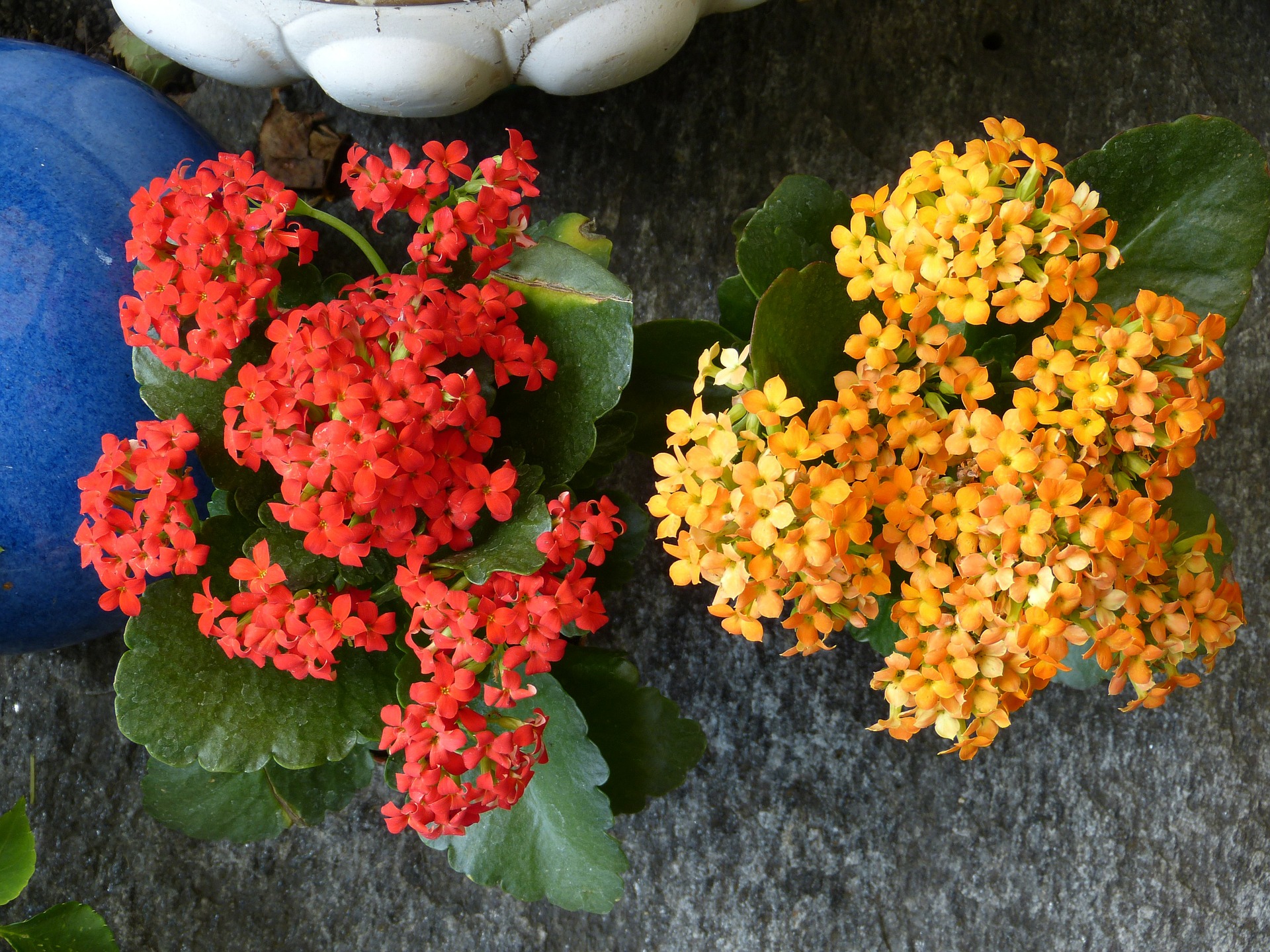 Who can resist their happy blooms?
Who can resist their happy blooms?
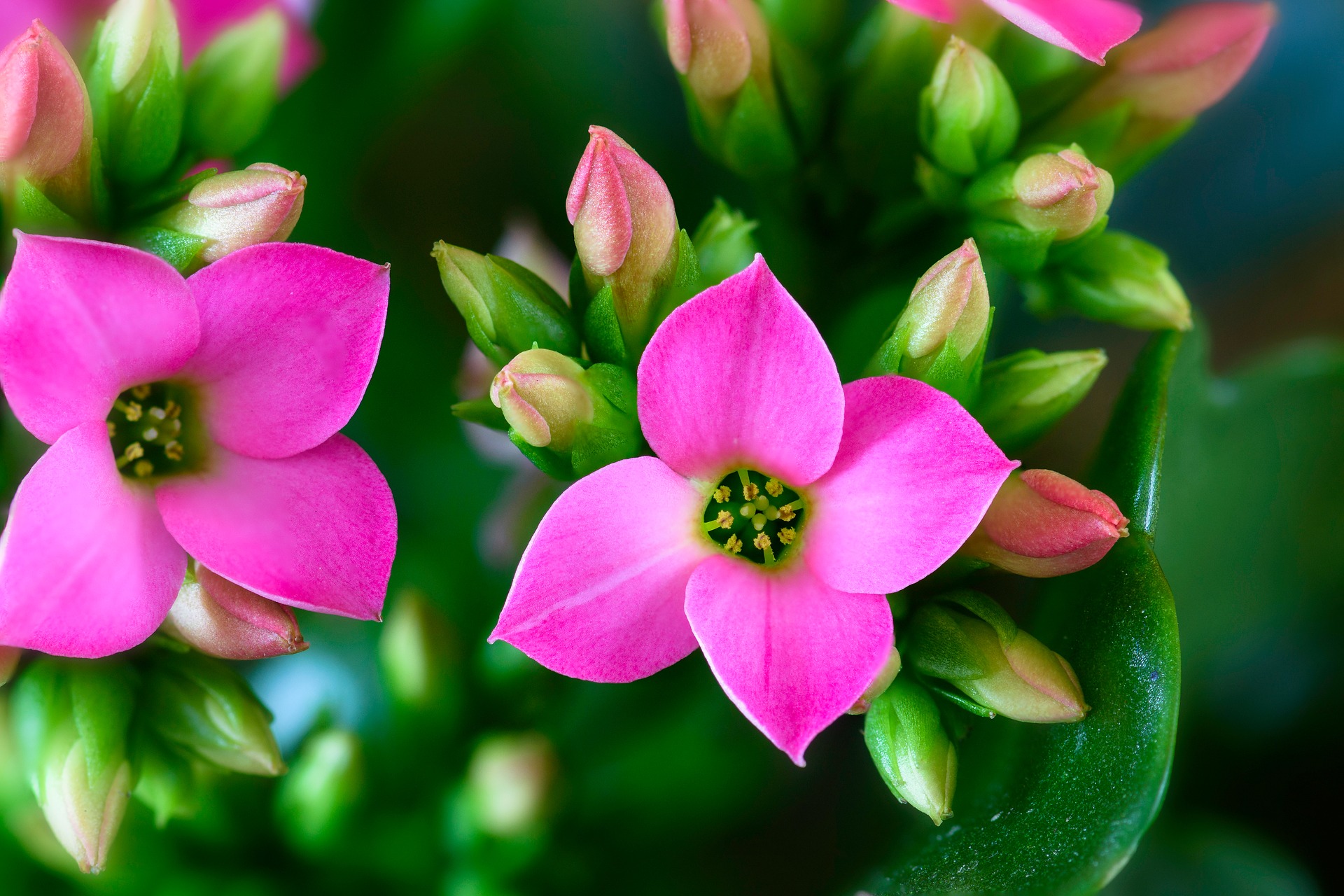 It has glossy green leaves with scalloped edges and boasts of four-petalled single flowers.
It has glossy green leaves with scalloped edges and boasts of four-petalled single flowers.
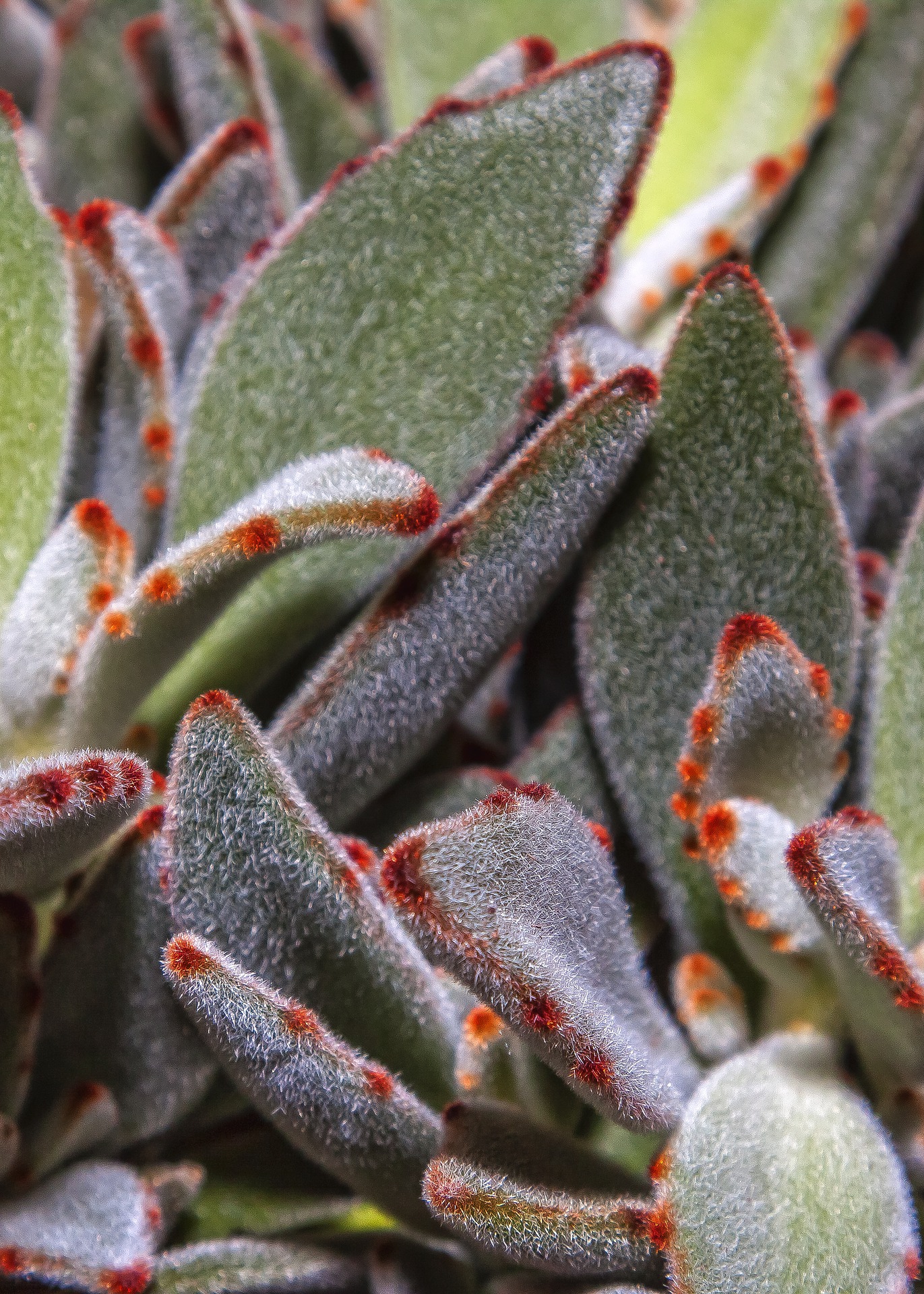
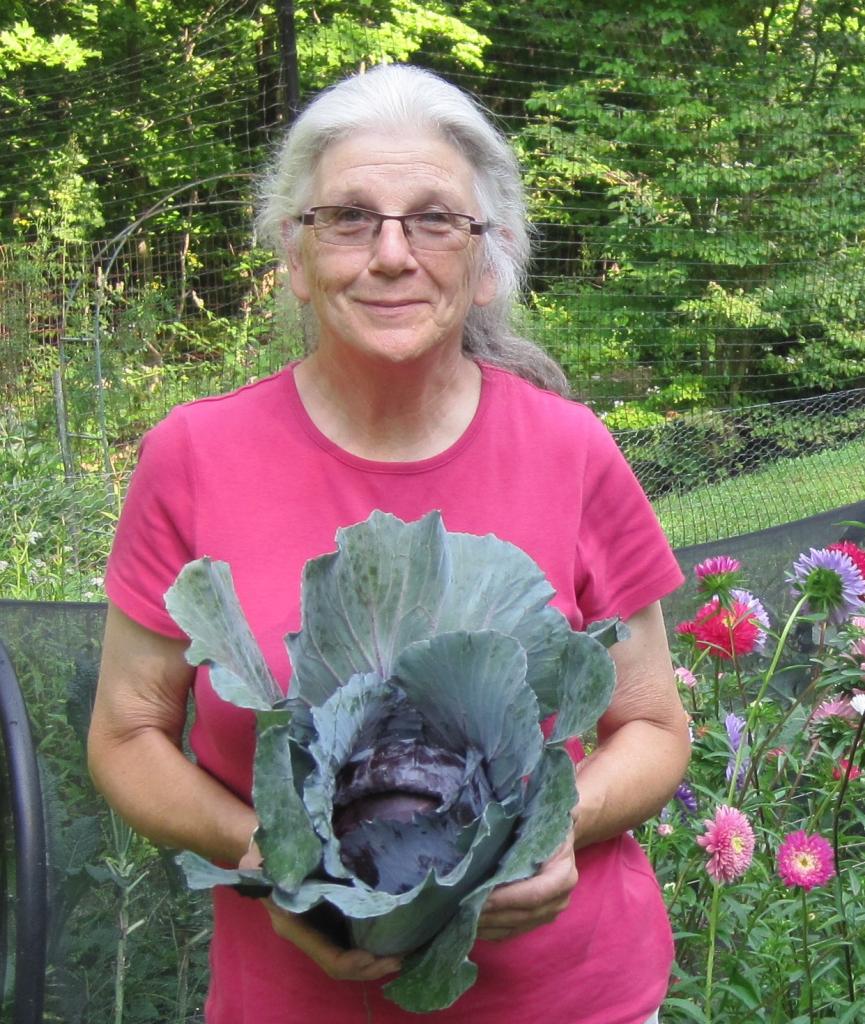
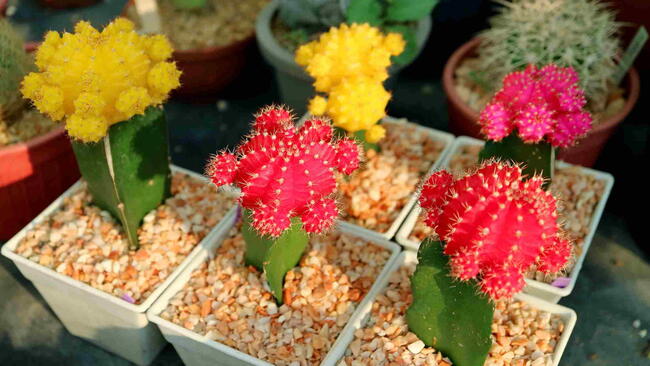




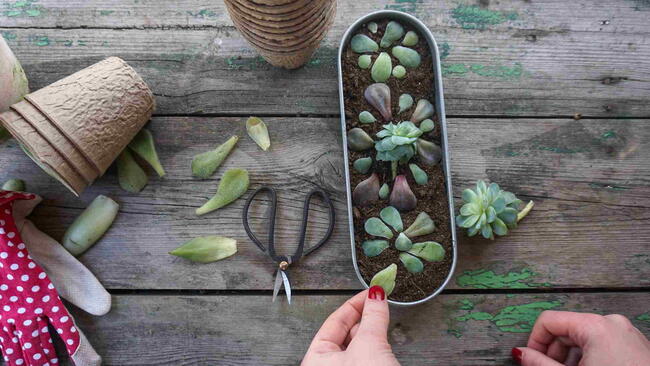


Comments